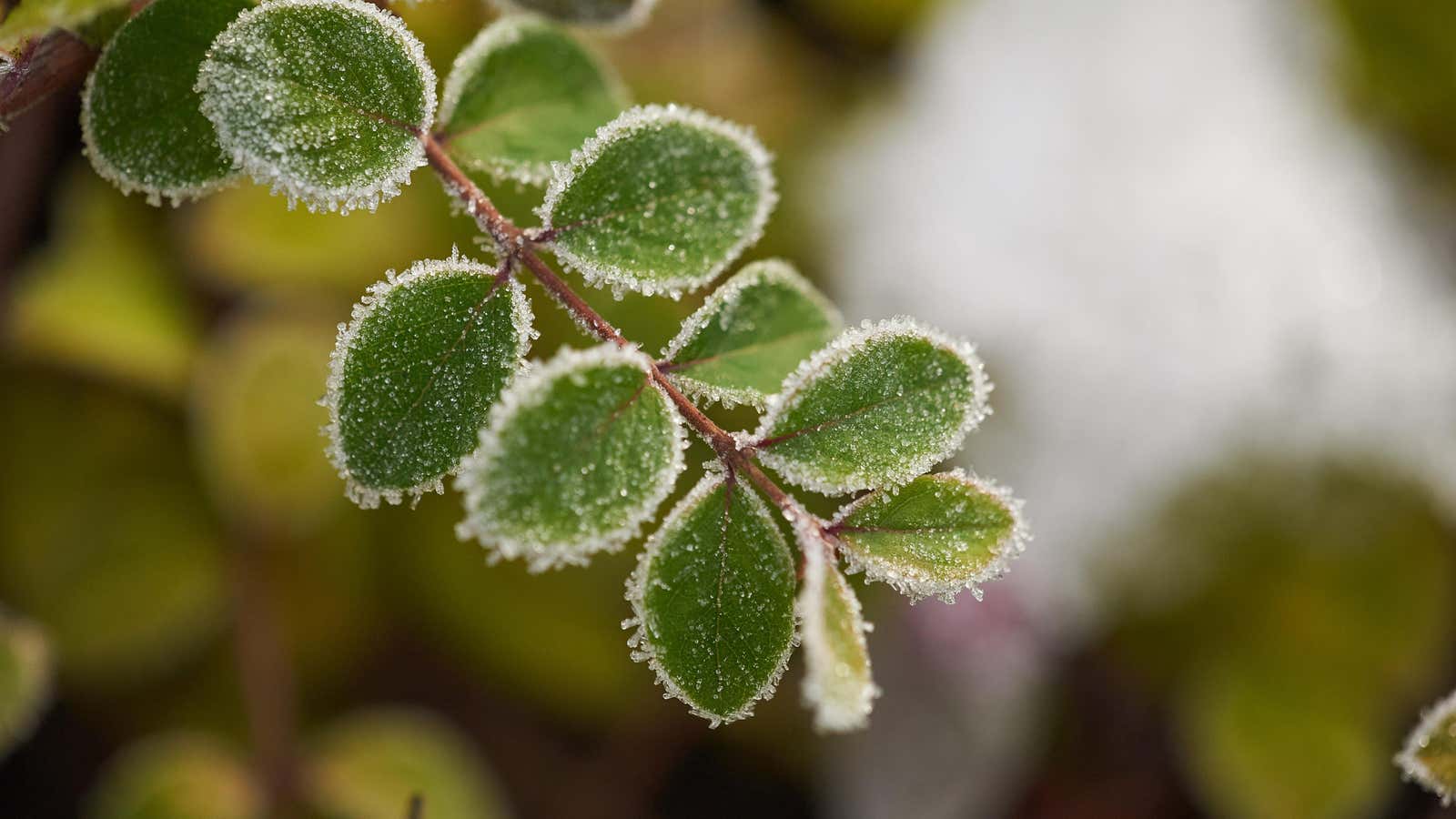You Can Still Save Your Plants From the Cold

Even with the best planning, the weather is not always conducive to our horticultural ambitions. With unusually cold weather often experienced in North America, protecting your plants can be a priority. There are a few simple steps you can take to help your garden survive a cold snap or winter storm.
Check the frost resistance of your plant
First, check the hardiness of your plants. Most plants will be classified into a “zone” or region where it is safe to plant, based on the estimated last frost date. But in out-of-season weather, you can use this information to find out the safe temperature for your plants. In the coldest climate (Zone 1), temperatures can drop as low as -50 degrees Fahrenheit, while in the hottest climate (Zone 11), temperatures can reach 100 degrees Fahrenheit. If you have plants meant for zones 1 or 2, you can bet they are cold weather-adapted and you don’t need to help them during a cold snap. However, plants in warmer areas will need some protection .
What to do with night frosts
For short-term freezing that only lasts overnight or a few hours, you can use plant protection film. This will keep the warm air close to the ground, closer to the plant. Using a sheet of plastic over a sheet of fabric will give an extra layer of warmth. Be sure to use a stake or other support for more delicate plants to protect the leaves from the weight of the cover. Your covers should be removed as soon as the air warms up to avoid refreezing and condensation.
What to do in severe frost
If you are expecting more prolonged cold weather, you will need to build a nest out of insulation for the plant. Some of the foliage will probably be damaged, but your plant can still survive if the roots stay healthy. Use a generous layer of mulch, leaves, or hay around the roots and at the base of the plant. To protect the foliage, use stakes to tie the branches and leaves as close together as possible, then wrap the outside of the bundle with burlap. Then fill any space with hay or leaves to keep the plant warm as close as possible. After that, your bushes and fruit trees may not look very healthy, but if the roots and the main vascular system of the plant remain intact, it can sprout new leaves and survive.
Build a mini greenhouse
For raised bed gardens, you can create a mini greenhouse on top of it by marking the corners and covering the top with cling film. If you use clear plastic sheeting , it will retain heat like a mini greenhouse while still allowing the plants some light. However, you should avoid direct contact of the plastic with the leaves because this can lead to moisture build-up and potential damage. But building a tent as a temporary greenhouse is a great way to save your plants.
Make sure your plants are well watered beforehand.
Watering your plants’ roots will also help them resist frost damage. The soil will retain more heat from the sun if it is moist, so a good soak will warm the roots. By making sure the plants are well watered before a frost, they will also keep the leaves and branches warm as the water inside the plant cells creates a layer of insulation inside the foliage.
How to care for plants after frost
As soon as the cold subsides, you should water your plants and make sure they crack down on sunlight again. Remove all covers and racks, and then wait a few days before checking for additional damage. Then cut off dry leaves and damaged branches.